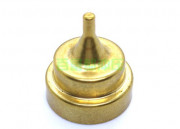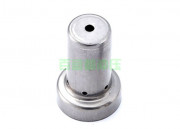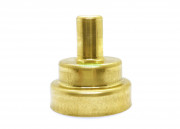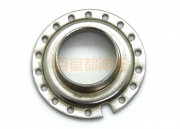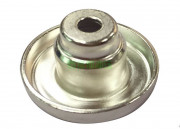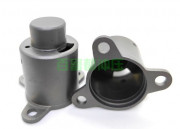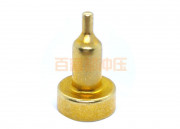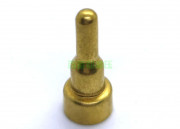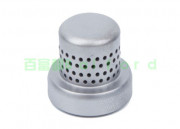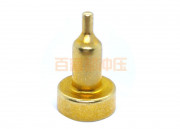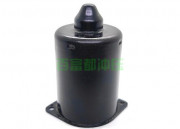Stamping Die
Stamping die is special processing equipment for processing materials. Metal or non-metal 41. Finished part&# 40. Or semi-finishedproducts 41. In the cold stamping process, it is called cold stamping die. 40. Commonly known as cold stamping die) Stamping is a pressure treatment method that uses the die installed on the press to exert pressure on the material at room temperature to cause separation or plastic deformation, so as to obtain the required parts.
PTJ specializes in designing all kinds of progressive dies and composite dies. Its products are widely used in automobiles, household appliances, electronics, motorcycles, architecture, lighting, electric bicycles, furniture and other industries, and can exceed customers’ requirements both in surface and function. Our engineers will participate in the design of parts from the development stage as required by customers, and they will put forward valuable suggestions and focus on how to achieve more economical and stable parts.
Read More →

